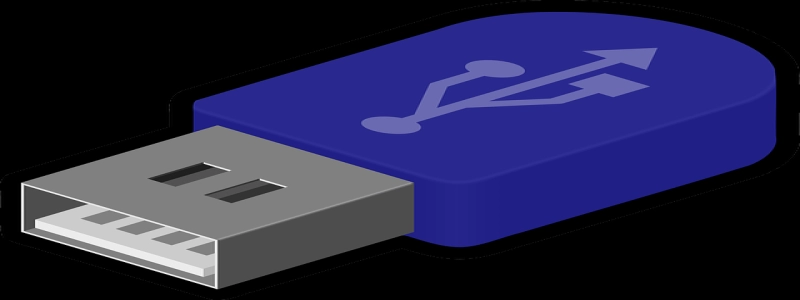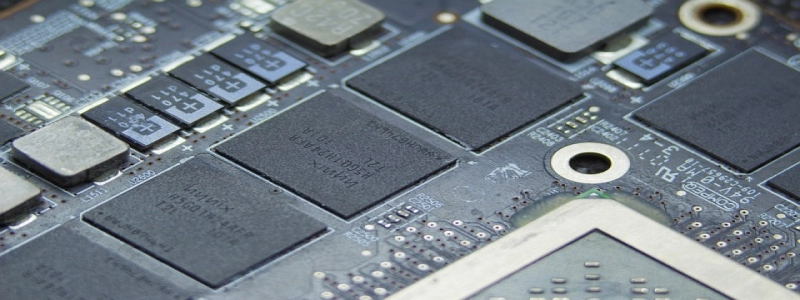400G Transceivers
Introduction
In recent years, with the growing demand for higher bandwidth and faster data transmission, the telecommunication industry has witnessed a significant shift towards 400G transceivers. These advanced optical modules have revolutionized data centers and high-performance computing networks by providing increased capacity, improved efficiency, and greater connectivity. In this article, we will explore the features, applications, and benefits of 400G transceivers.
Features
1. High Speed: 400G transceivers offer transmission speeds of up to 400 gigabits per second (Gbps), enabling rapid data transfer and reducing latency. This allows for seamless performance in bandwidth-intensive applications such as streaming high-definition videos, cloud computing, and virtual reality.
2. Dense Wavelength Division Multiplexing (DWDM): DWDM technology is integrated into 400G transceivers, allowing for multiple signals to be transmitted simultaneously over a single optical fiber. This increases the overall capacity of the network and optimizes the utilization of existing infrastructure.
3. Small Form Factor: 400G transceivers are designed with a compact form factor, making them ideal for high-density installations in data centers, server racks, and networking equipment. Their small size allows for efficient use of space and enables easy scalability as network demands grow.
Applications
1. Data Centers: 400G transceivers are extensively used in data center networks to support the ever-increasing demand for cloud services and virtualization. They enable seamless transmission of large volumes of data, ensuring smooth and uninterrupted operations.
2. High-Performance Computing: In industries like finance, healthcare, and scientific research, where massive data processing is required, 400G transceivers provide the necessary bandwidth to facilitate fast and accurate calculations. This significantly enhances the performance of high-performance computing systems.
3. Metro and Long-Haul Networks: 400G transceivers can also be deployed in metro and long-haul networks to meet the growing need for high-speed connectivity. By leveraging DWDM technology, they can transmit multiple channels of data over long distances, bolstering network capacity and reliability.
Benefits
1. Increased Capacity: 400G transceivers offer four times the capacity of their 100G counterparts. This allows for the seamless handling of data-intensive applications and future-proofs networks for further growth.
2. Cost-Effective: The high capacity and small form factor of 400G transceivers result in reduced equipment and installation costs. Their efficiency also translates into lower power consumption, making them an economical choice for network operators.
3. Scalability: With the ability to transmit data at higher speeds, 400G transceivers provide a scalable solution for networks, accommodating future bandwidth requirements without necessitating major hardware upgrades.
Conclusion
The advent of 400G transceivers has redefined the capabilities of modern telecommunication networks. Offering high-speed transmission, compact size, and cost-effective scalability, they have become the go-to solution for data centers, high-performance computing, and long-haul networks. As the demand for faster data transmission continues to rise, 400G transceivers are expected to play a key role in shaping the future of communication technology.








